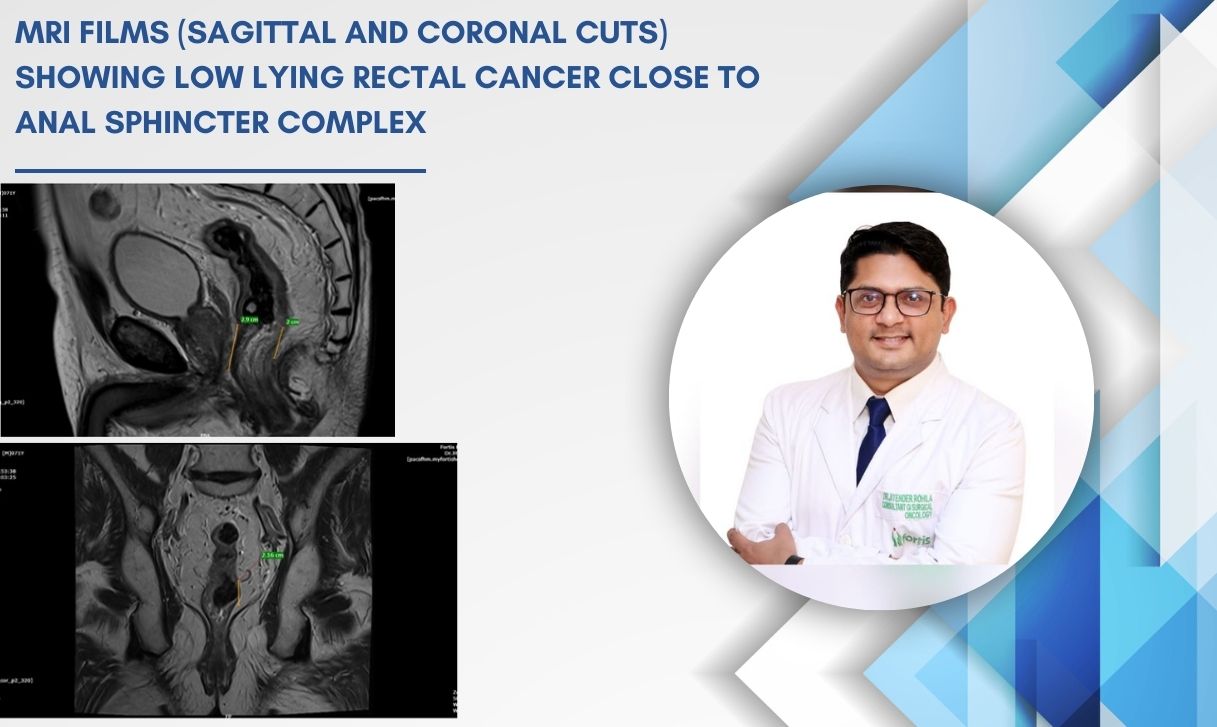Pancreas Cancer Surgery
Pancreas cancer surgery is a critical intervention aimed at removing cancerous tissues from the pancreas. This complex surgery plays a vital role in treating pancreatic cancer, which is known for its aggressive nature and challenging prognosis. Let's delve into what pancreas cancer surgery entails, the diagnostic investigations involved, the feasibility of keyhole surgery, and the benefits of undergoing such a procedure.
What is Pancreas Cancer Surgery?
Pancreas cancer surgery involves the removal of cancerous portions of the pancreas and, in some cases, surrounding tissues and organs. The primary goal is to eradicate the tumor, alleviate symptoms, and improve survival chances. The two main types of pancreas cancer surgery are:
Whipple Procedure (Pancreaticoduodenectomy):
This is the most common surgery for pancreatic cancer. It involves removing the head of the pancreas, part of the small intestine (duodenum), the gallbladder, and sometimes a portion of the stomach. The remaining sections of the pancreas, stomach, and intestines are then reconnected to allow for normal digestion
Distal Pancreatectomy:
This surgery removes the body and tail of the pancreas and is often performed when the cancer is located in these areas. It may also involve the removal of the spleen.

What Investigations Will Be Done to Diagnose and Treat Pancreas Cancer?
Accurate diagnosis and staging of pancreatic cancer are crucial for effective treatment planning. The following investigations are typically performed:.
Imaging Studies:
CT Scan (Computed Tomography): Provides detailed cross-sectional images of the pancreas and surrounding organs to determine the extent of the cancer.
MRI (Magnetic Resonance Imaging): Offers detailed images and is particularly useful for assessing soft tissues.
PET Scan (Positron Emission Tomography): Helps in detecting cancer spread by highlighting areas of high metabolic activity.
Endoscopic Procedures:
Endoscopic Ultrasound (EUS): Combines endoscopy and ultrasound to obtain detailed images and allows for fine-needle aspiration (FNA) biopsy to collect tissue samples.
ERCP (Endoscopic Retrograde Cholangiopancreatography): Used to visualize the pancreatic ducts and bile ducts, and can also help place stents if there is a blockage.
Blood Tests:
Tumor Markers: CA 19-9 is a common marker that may be elevated in pancreatic cancer, although it is not specific and can be elevated in other conditions as well.

What are the Advantages of Pancreas Cancer Surgery?
Potential for Cure For early-stage pancreatic cancer, surgery offers the best chance for a cure. Removing the tumor completely can lead to long-term survival.
Improved Survival Rates: Combining surgery with other treatments like chemotherapy and radiation can enhance overall survival rates, even in advanced cases
Staging and Planning: Surgical intervention allows for direct assessment and removal of affected tissues, aiding in more accurate staging and subsequent treatment planning.
Conclusion:
In conclusion, pancreas cancer surgery is a pivotal treatment option that can significantly impact patient outcomes. While the journey through diagnosis, treatment, and recovery is challenging, advancements in surgical techniques and comprehensive care approaches are continually improving the prospects for those battling pancreatic cancer.









Mark Jack
22 April, 2023Progressively procrastinate mission-critical action items before team building ROI. Interactively provide access to cross functional quality vectors for client-centric catalysts for change.
John Deo
23 April, 2023Competently provide access to fully researched methods of empowerment without sticky models. Credibly morph front-end niche markets.
Tara sing
26 April, 2023Competently provide access to fully researched methods of empowerment without sticky models. Credibly morph front-end niche markets whereas 2.0 users. Enthusiastically seize team.